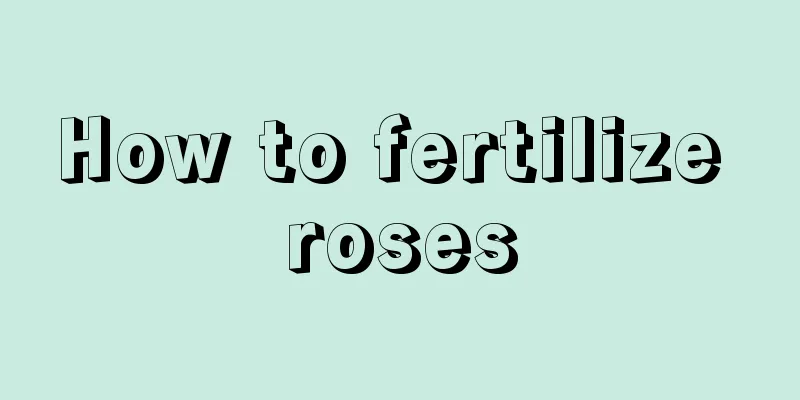What soil is best for growing camellia? What soil is best for growing camellia in pots?

|
Camellia is one of the top ten famous flowers in my country. Its flowers are gorgeous and colorful, and are loved by flower lovers. When cultivating camellia, the soil and flower pots are very important. Today, I will give you a detailed introduction to the soil and flower pots for cultivating camellia. What soil should be used for potted camellia1. Soil matching principles When cultivating camellia, the soil must be breathable and well-drained. The soil does not need to be too fertile. Generally, plain soil is used when newly planted. The raw materials used to prepare the soil include coal slag, yellow sand, red sand, sawdust and plant ash. 2. Soil preparation method Soil preparation method 1 : Mix sawdust, plant ash and farmyard manure evenly, water thoroughly, pile and cover, and let it ferment for about 6-8 months. During the fermentation process, turn it over once a month and add water appropriately. After it is decomposed, add yellow sand or red sand and mix evenly. Soil preparation method 2 : Mix pine needles with yellow sand and coal slag, put them in bags and let them compost for about a year. This kind of flower soil has stable and sufficient nutrients, which is conducive to the growth of camellia roots. It can also be used directly to plant Clivia. What kind of pot is best for repotting camellia?The flowerpots used to grow camellia are generally shallow pots, because the root system of camellia is not very developed, and the flowerpot is too deep, and the amount of watering is difficult to control . If the watering is too little, the water will go to the lower part of the pot, and the plant cannot absorb water, which is not conducive to growth. If we water too much, the flower soil will accumulate water and the roots will easily rot. Using a shallow pot can avoid this problem, and when using a shallow pot, you can also lay a layer of small stones at the bottom of the pot to improve drainage. When is the right time to transplant camellia?Some flower lovers like to transplant camellia in spring, which is not advisable because the plants begin to sprout in spring, and the nutrients in the plants will flow to the branches and leaves. The roots will slow down their growth or even stop growing due to less nutrients. After the summer, the above-ground part of the plant is very lush, but the root system is not well developed, and the absorbed water is not enough to supply the branches and leaves, which will cause the plant to lose water and die. Transplantation should be carried out in late autumn and early winter to facilitate the plant's later growth. |
Recommend
How many peach trees can be planted per acre (how many peach seedlings are suitable for planting per acre)
How many peach trees should be planted per acre? ...
This kind of stuff is sold in the market and it’s hard to get one. You have to know that it’s not even as clean as gutter oil!
We all know that honey is a good health product. ...
How to grow arrowroot more vigorously?
The perennial evergreen herb of the Marantaceae f...
All varieties of Molan
Golden Mouth Black Orchid There are 3-5 leaves, g...
What flowers to give to mom?
1. Carnation Carnations are the most common flowe...
Which one is easier to grow between calla lily and arrowroot and is more suitable for indoor cultivation?
The difference between calla lily and arrowroot T...
Difference Between Raspberries and Mulberries
The difference between raspberries and mulberries...
How to grow the flower of wealth and honor
1. Pot soil selection Fuguimantang is a variety o...
What soil is best for peacock arrowroot?
Peacock bamboo actually has no requirements for t...
Where are the conditions suitable for Cordyceps cultivation?
Introduction to Cordyceps Cordyceps, also known a...
How to propagate pansy
1. Seed propagation Select well-developed seeds a...
Mint planting methods and precautions Potted mint cultivation methods and cultivation techniques
Mint cultivation methods and precautions There ar...
How to propagate hibiscus trees and what to pay attention to
Hibiscus tree propagation method The main ways of...
Cultivation methods and precautions of alpine banyan
Farming methods The most suitable growth conditio...
Why does corn stone lose its leaves when old?
1. Natural shedding The falling of its leaves may...









